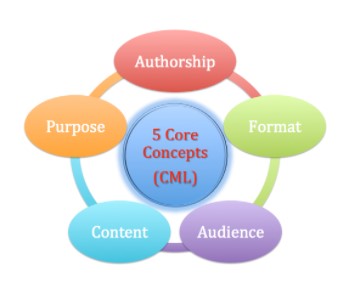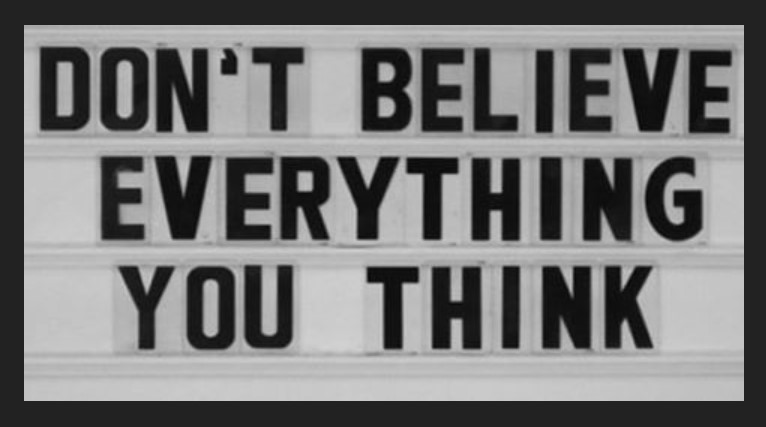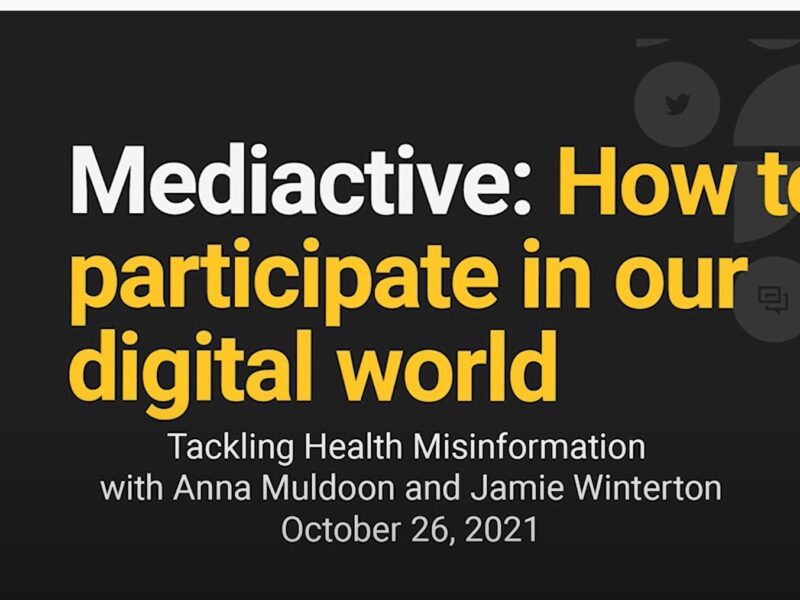According to The National Association for Media Literacy Education, media literacy involves the process of reviewing and assessing media content critically. However, without the necessary tools that allow for critical thinking, people cannot make the right judgment calls when digesting media. The definition further explains how media literacy also involves the creation of media content and the action it invokes. People are known to draw upon their unique life experiences to assign meaning to media content. For this reason, ethical media creation is a crucial element of media literacy.
Now in the digital age, the same people who consume media are also creators of media. These media consumers are also considered collaborators and publishers of media content. With everyone creating content that draws from their personal beliefs and opinions, we need to know the right questions to ask ourselves when responding to someone else’s media creation. Questions we should be asking ourselves while keeping in mind the five core concepts of media literacy are:
– Who created or paid to create this content?
– What emotive language is used to elicit a response?
– Who is the audience this message targets?
– What does the creator of the message want me to think?
– Why was this message shared?
74% of Americans agree that online misinformation is a significant problem. To combat misinformation, ethical principles need to be applied when constructing messaging. Media creation principles involve thorough, accurate, fair, independent, and, most importantly, transparent content creation. Developing content that has been carefully vetted and contains credible source references can secure returning audiences. Producing content that limits bias and offers multiple perspectives can further garner respect from an audience. Media creators that clearly set forth their intentions behind a piece can raise their credibility in return.
Creators using ethical standards in media creation will provide consumers with the right tools to decipher messaging and enhance media literacy learning.



